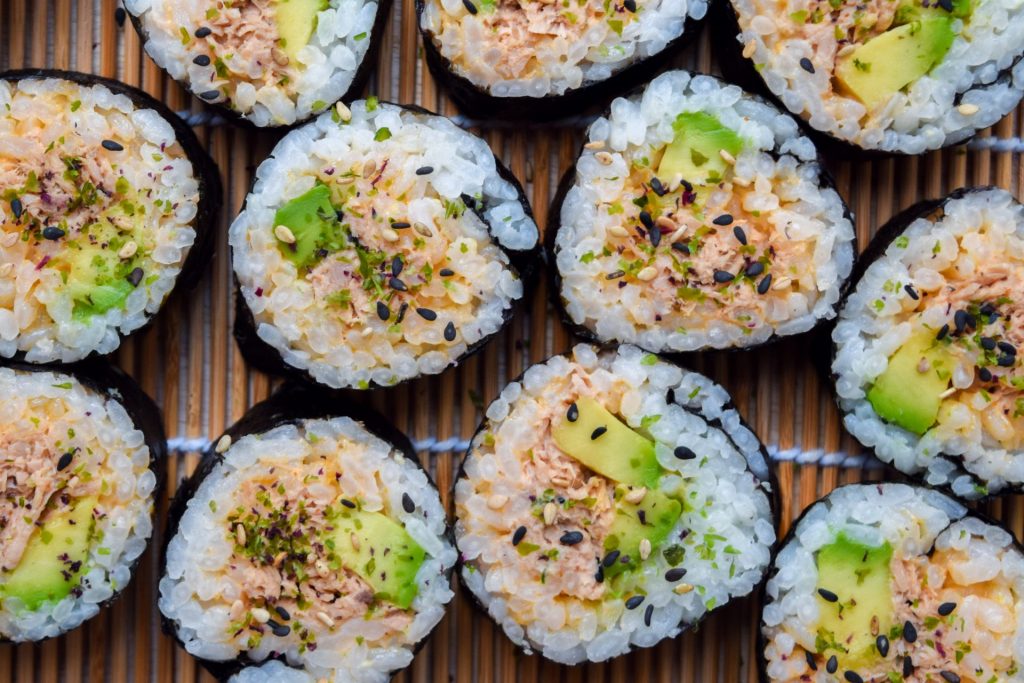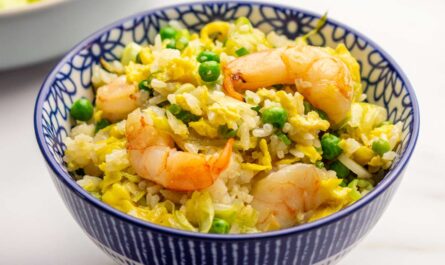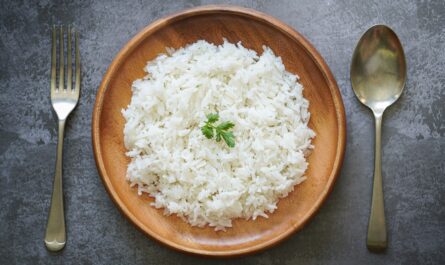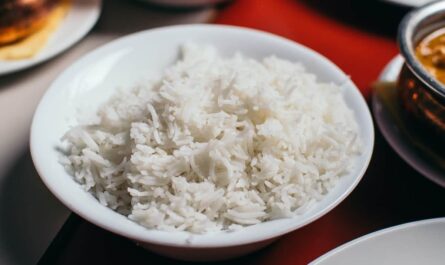If you’ve ever wondered how to create an authentic traditional sushi recipe that captures the essence of Japanese cuisine, you’re in the right place. In this extensive guide, well delve into the rich history of sushi, break down each step of the sushi-making process, discuss essential ingredients and tools, and sprinkle in some tips to ensure your homemade sushi turns out perfectly every time.

History and Cultural Significance of Sushi
Sushi is rooted deeply in Japanese culture and has an interesting history that dates back several centuries. Originally, sushi was developed as a method of preserving fish by fermenting it with rice. Over time, the recipe evolved to include fresh fish and became the form we are familiar with today. Sushi is more than just food; it’s a representation of Japanese tradition and precision, a craft that demands respect and meticulous attention to detail.
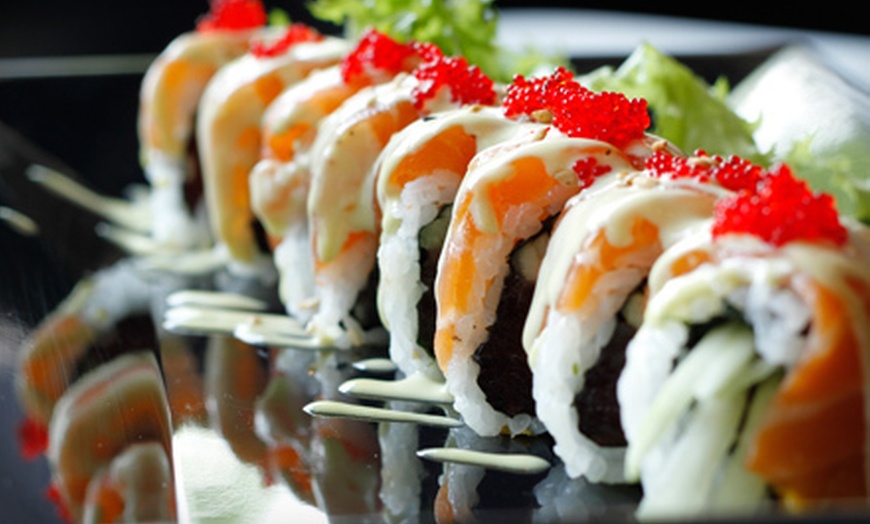
Ingredients Required for Traditional Sushi
Main Ingredients
- 2 cups of sushi rice
- 2 cups of water
- 1/2 cup of rice vinegar
- 2 tablespoons of sugar
- 1 tablespoon of salt
- Fresh fish (such as tuna, salmon, or yellowtail)
- Nori seaweed sheets
- Vegetables (like cucumber, avocado, or asparagus)
- Wasabi
- Pickled ginger
- Soy sauce
Special Tools
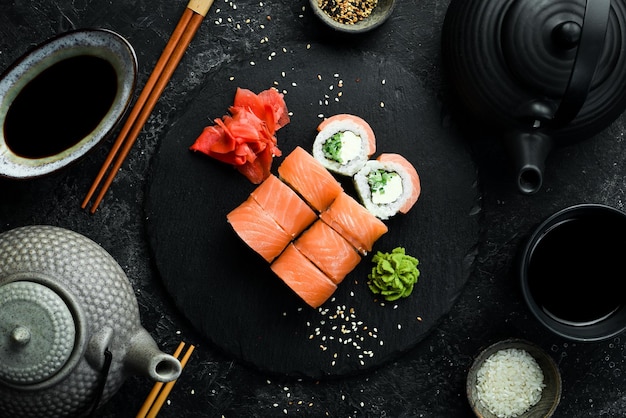
Step-by-Step Guide to Making Traditional Sushi
Preparing the Sushi Rice
The first step in creating a traditional sushi recipe is to prepare the sushi rice. Rinse 2 cups of rice thoroughly in a strainer until the water runs clear. This step is crucial to remove excess starch. Once rinsed, add the rice and 2 cups of water to a rice cooker and let it cook. While the rice is cooking, mix cup of rice vinegar, 2 tablespoons of sugar, and 1 tablespoon of salt in a saucepan over low heat until the sugar dissolves. Once the rice is done, transfer it to a wooden or plastic container and drizzle the vinegar mixture over it. Use a wooden spoon to gently fold the mixture into the rice, making sure each grain is seasoned. Let it cool to room temperature.
Preparing the Fillings
As your rice cools, its time to prepare the fillings. Slice fresh fish like tuna, salmon, or yellowtail into thin, long strips using a sushi knife. Make sure your cutting board is clean and sharp to maintain the quality of the fish. For vegetables like cucumber, avocado, or asparagus, slice them into thin, matchstick-sized pieces. Keep your workspace tidy to maintain the precision and beauty of each sushi roll.
Rolling the Sushi
Lay a nori seaweed sheet on a bamboo mat from your sushi making kit. Wet your fingers to prevent sticking, and spread a thin, even layer of seasoned sushi rice over the nori, leaving a 1-inch margin at the top. Arrange your fish and vegetables in a horizontal row across the center of the rice. Use your thumbs to lift the edge of the bamboo mat closest to you, and roll it away from you, simultaneously pressing the filling inside until you reach the bare edge of the nori. Wet the edge slightly to seal the roll.
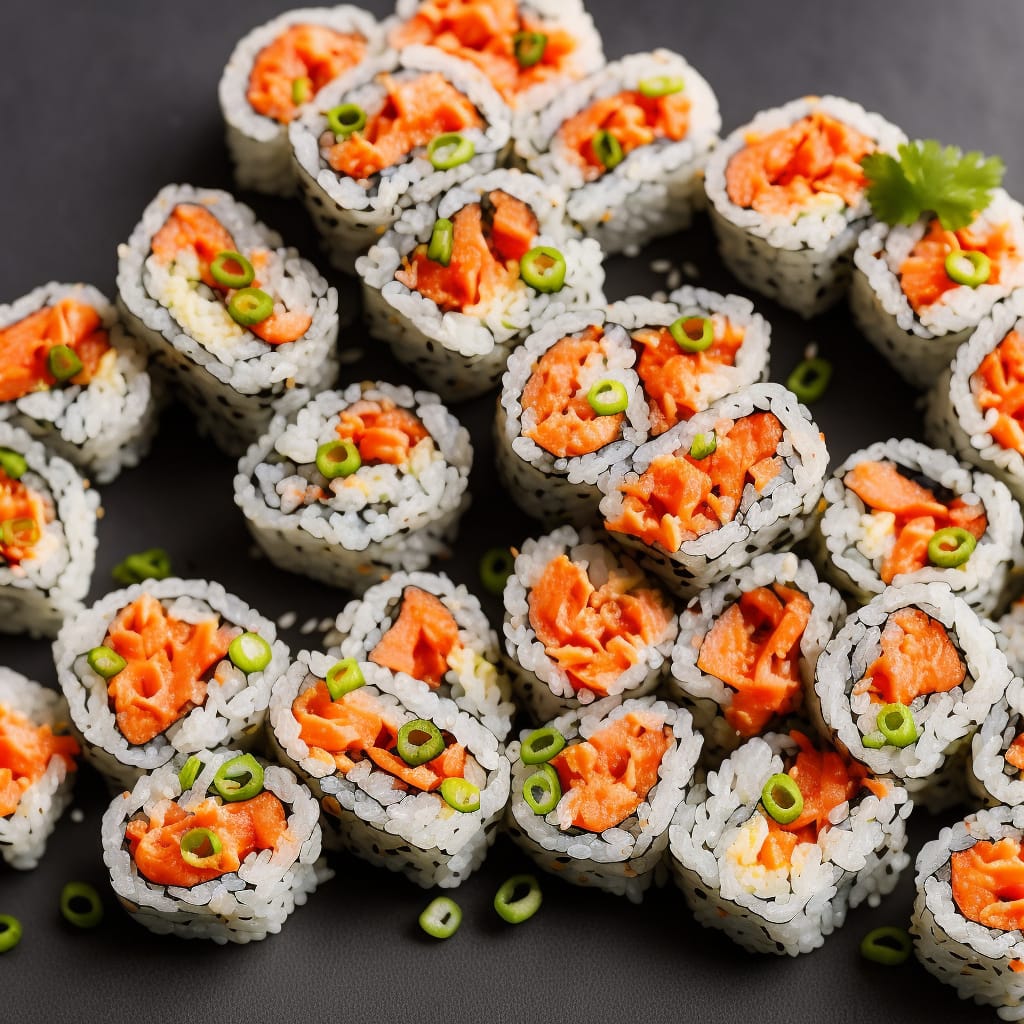
Final Touches and Serving
Once rolled, let the sushi rest for a minute before cutting. Wet your sushi knife with water to prevent sticking, and slice each roll into six to eight equal pieces. Arrange the pieces neatly on a serving platter, and garnish with pickled ginger, a dab of wasabi, and a small bowl of soy sauce. Remember, sushi is best enjoyed when fresh, so serve immediately. For an enhanced experience, consider pairing your sushi with miso soup or a light salad.
Expert Tips for Perfect Sushi
Creating a flawless traditional sushi recipe requires a bit of practice and some insider knowledge. Here are some tips to elevate your sushi-making skills:
- Use the freshest ingredients: The quality of your fish and produce significantly impacts the final product. Always opt for sushi-grade fish and farm-fresh vegetables.
- Keep your tools clean and sharp: Maintain your sushi knife and cutting board in top condition to ensure clean, precise cuts. Regularly apply cutting board oil to keep your board conditioned.
- Master the rice: Sushi rice is the foundation of any sushi roll. Be meticulous with its preparation, ensuring it’s perfectly seasoned and at the right temperature before assembly.
- Practice the rolling technique: Rolling sushi can be tricky at first. Practice with nori and rice alone before adding fillings to get a feel for the technique.
- Experiment with different fillings: While traditional sushi is simple and elegant, don’t be afraid to experiment with different fillings and combinations to find your perfect roll.
Common Mistakes to Avoid
Even seasoned chefs can make mistakes when it comes to sushi. Here are some common pitfalls and how to avoid them:
- Overstuffing the rolls: Less is more with sushi. Overfilling can make rolls difficult to handle and cause them to fall apart.
- Skipping the rinsing step: Rinsing the rice removes excess starch, preventing a sticky, unmanageable texture.
- Using the wrong rice: Always use short-grain sushi rice. Long-grain rice won’t achieve the same sticky, delicious consistency.
- Not sealing the roll: Make sure to wet the edge of the nori slightly to seal the roll effectively.
- Improper knife technique: Use a sharp sushi knife and a single, fluid motion to cut clean slices without crushing the roll.
Alternative Sushi Styles to Try
While mastering a traditional sushi recipe is a commendable goal, there are various alternative sushi styles worth exploring once youre comfortable with the basics:
- California Roll: A popular American adaptation featuring crab meat, avocado, and cucumber.
- Volcano Roll: A dynamic roll with spicy crab, cucumber, and a fiery topping.
- Hawaiian Roll: Incorporates tropical ingredients like pineapple and mango for a sweet twist.
- Deep-Fried Sushi Roll: Combines the best of crunchy and savory textures for an irresistible bite.
- Lobster Roll: A luxurious roll that elevates traditional sushi with rich lobster meat.
Maintaining and Cleaning Your Cookware
Once you’ve enjoyed your delicious homemade sushi, it’s time to clean up and maintain your tools for future culinary adventures. Proper care can prolong the life of your cookware and keep your sushi-making kit in top condition. Use a gentle cookware cleaner to wash your rice cooker, cutting board, and knives. For your cutting board, routinely apply cutting board oil to keep it conditioned and prevent drying and cracking.
As an Amazon Associate, I earn from qualifying purchases.
To learn more about maintaining your cookware, check out this comprehensive guide on seasoning and cleaning cast iron.
By following these steps and tips, you can master the art of the traditional sushi recipe and bring a touch of Japan to your kitchen. Happy sushi making!

